A Tiny Touch with Big Meaning
At first glance, a chopstick rest (hashioki / 箸置き) may seem like a small and decorative addition to the table. But in Japan, this humble accessory plays a significant role, one that blends etiquette, aesthetics, and storytelling.
From everyday bento lunches to formal kaiseki dinners, chopstick rests are subtle but meaningful elements of the Japanese dining table. And they offer an excellent entry point into the rich world of Japanese handcrafted tableware.
Shop our handcrafted chopsticks and chopstick rests collection!
The Cultural Significance of Chopstick Rests
More Than a Pretty Piece
In Japanese dining etiquette, laying chopsticks directly on the table is considered impolite. The hashioki serves both a practical and symbolic purpose, keeping utensils clean while showcasing Japanese charm and intention. Seasonal or symbolic designs are often used, adding storytelling to the meal.
Types and Designs: From Porcelain to Playful
The variety of Japanese chopstick rests includes:
- Porcelain and ceramic: Glazed with traditional or seasonal motifs.
- Stoneware: Rustic and textural, perfect for Japanese-style meals.
- Metal designs: Sleek, modern, and elegant.
- Food motifs: Mini tofu, dango, soy, a fun touch to your table.
- Animal and seasonal shapes: Cats, cranes, blossoms, and more.
Mix and match for a quirky tablescape or collect themed sets.
How to Use and Place Chopstick Rests
Follow these tips for proper use:
- Place the rest on the right, horizontally.
- Tips of the chopsticks go on the rest; ends point left.
- Switch styles between courses or seasons for variety.
The Joy of Small Rituals
Using handmade chopstick rests brings elegant flair and mindfulness to your meals. These accessories reflect cultural care and enhance everyday rituals.
Pair them with your favorite tea cup, rice bowl, or matcha set and let your table reflect both beauty and intention.
Discover More:
- Build your chopstick rest collection by season or theme
- Explore matcha culture with our matcha tea sets
- Learn about table setting traditions in Japanese kaiseki cuisine
Let every meal, from a quick lunch to a festive gathering, be an opportunity to celebrate craftsmanship, culture, and connection.


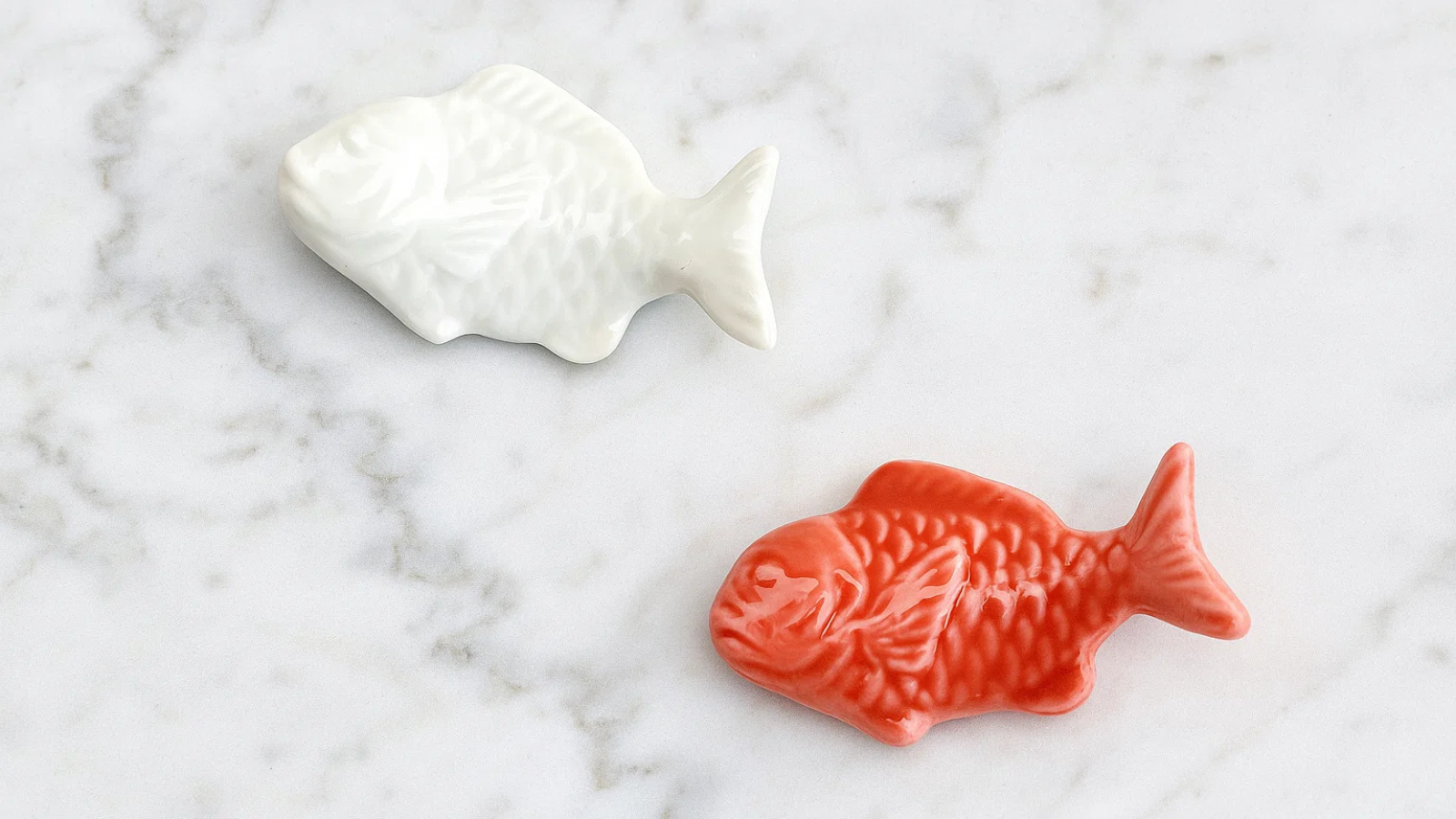


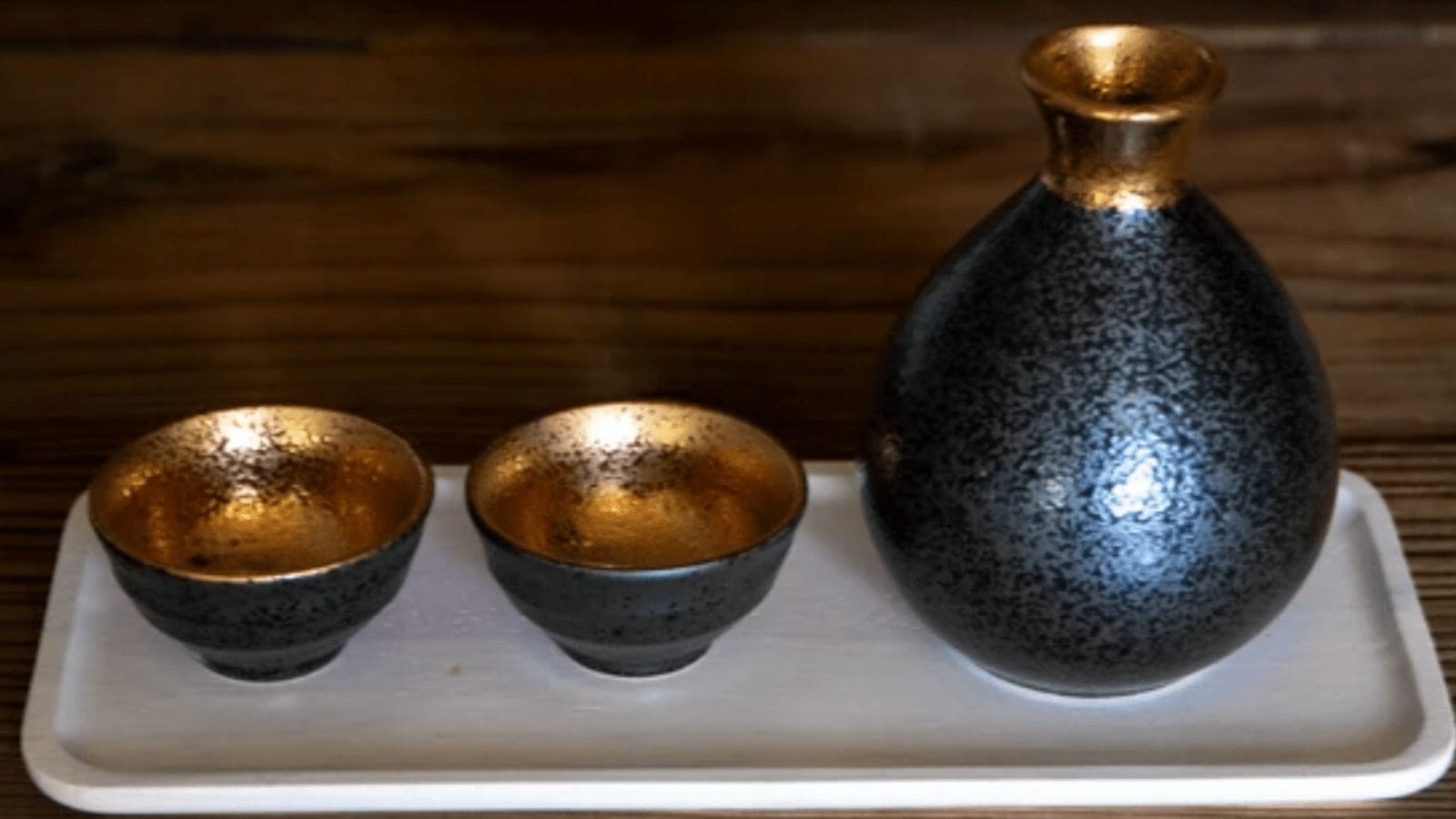
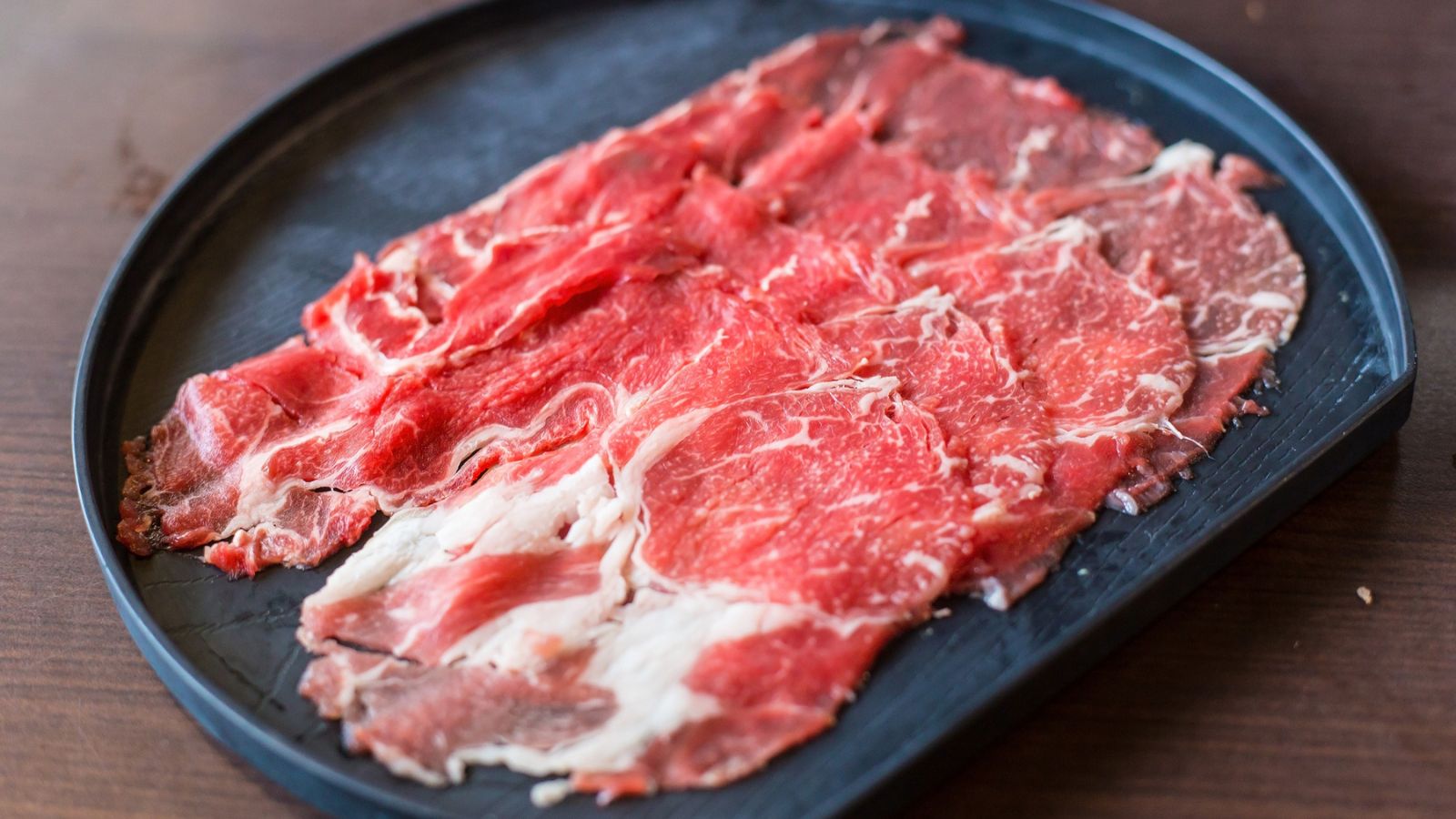
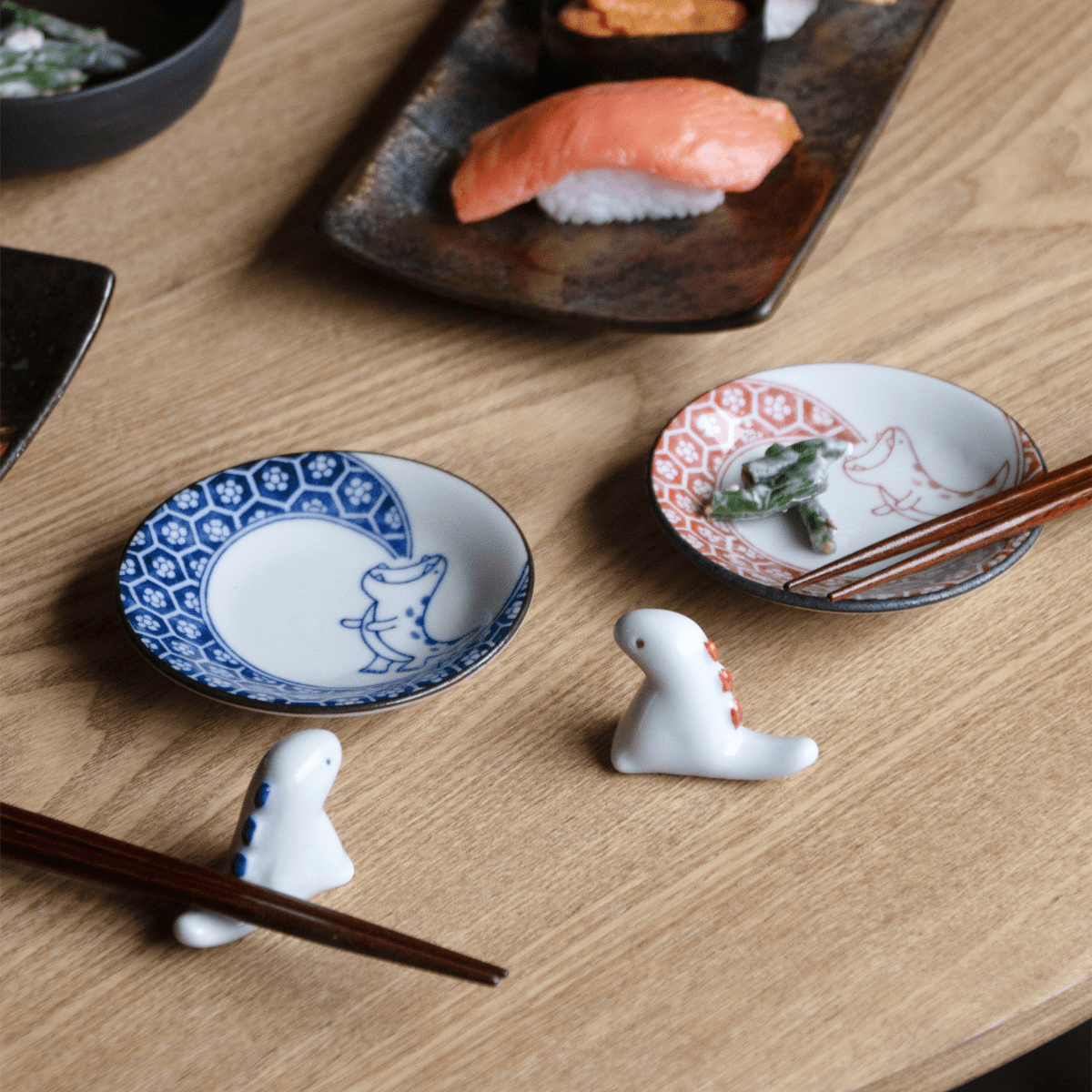
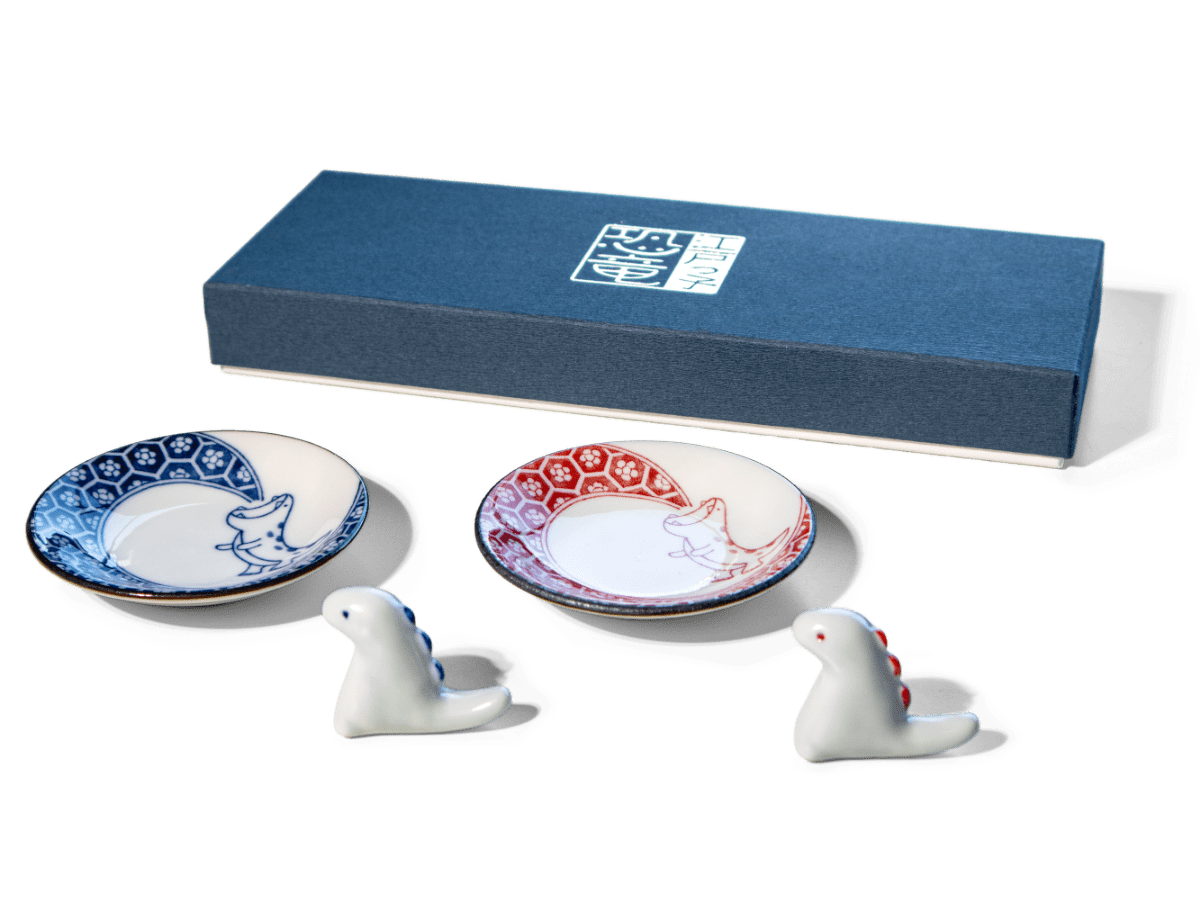
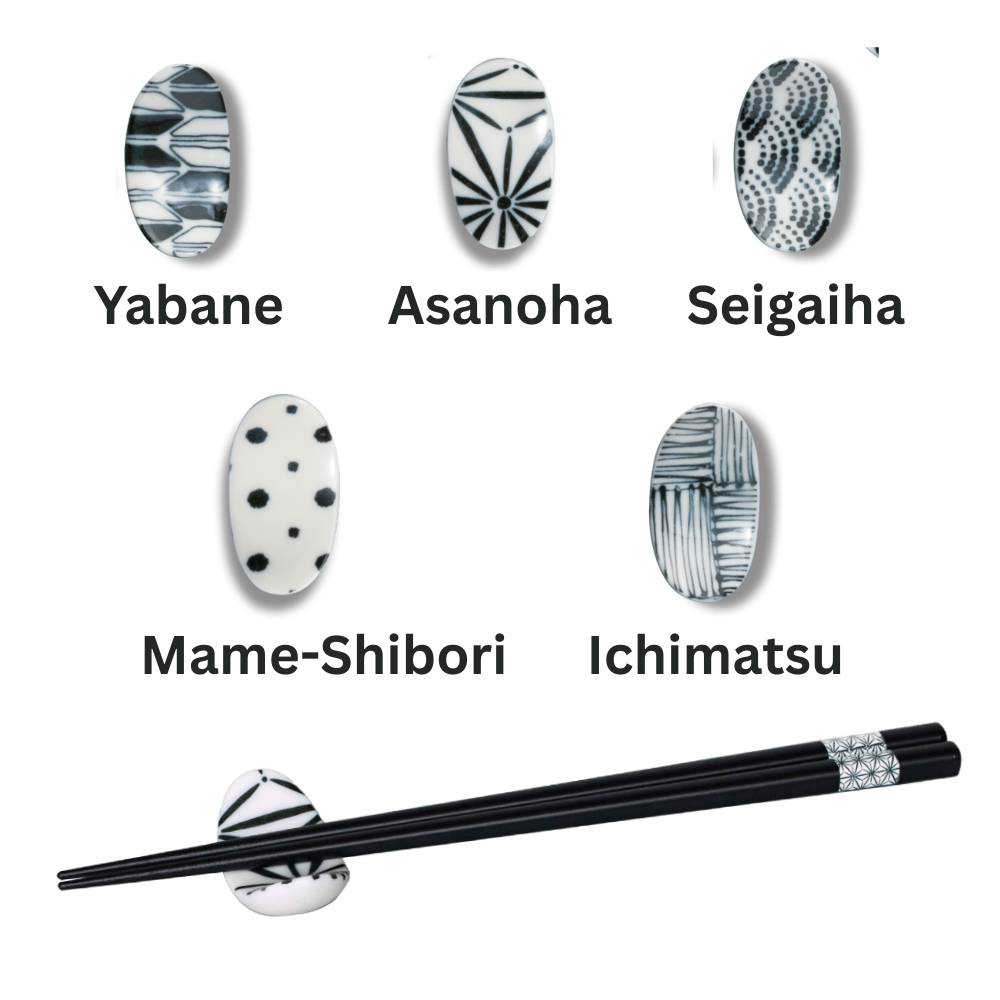



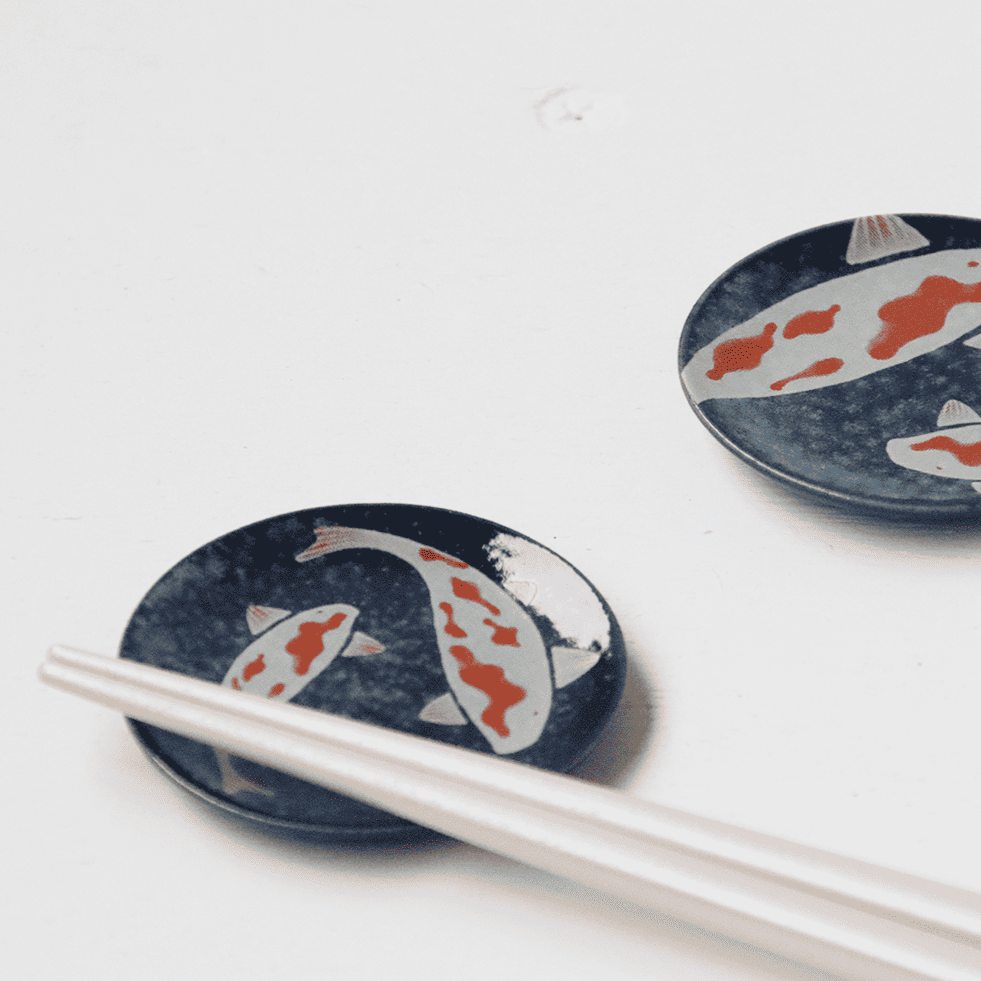
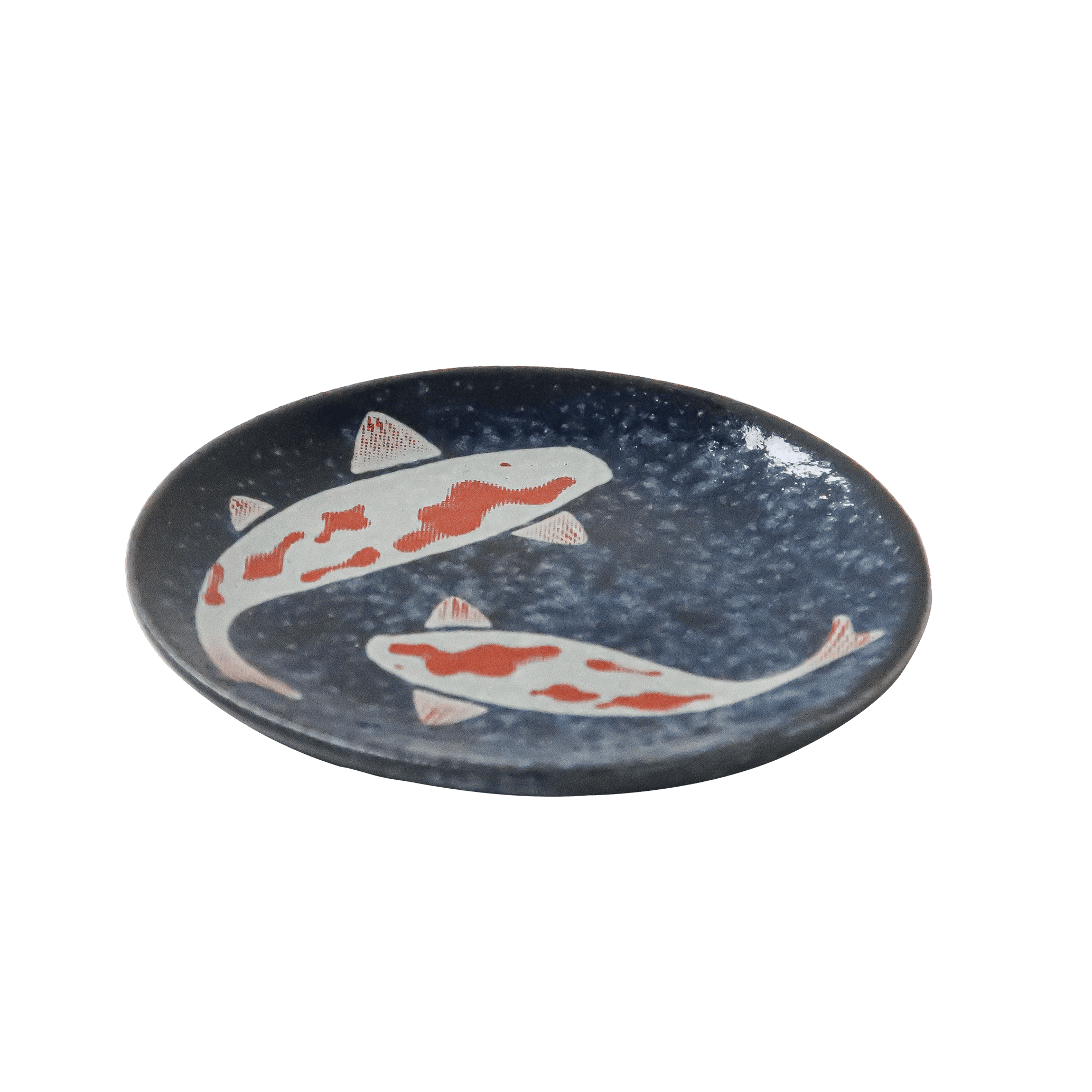
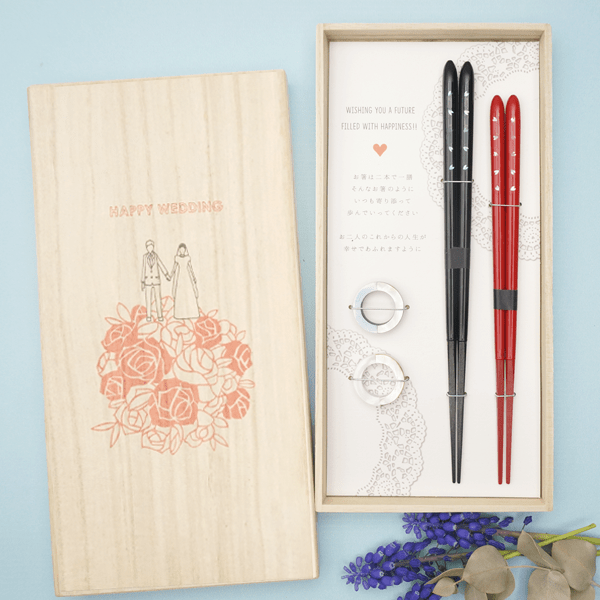
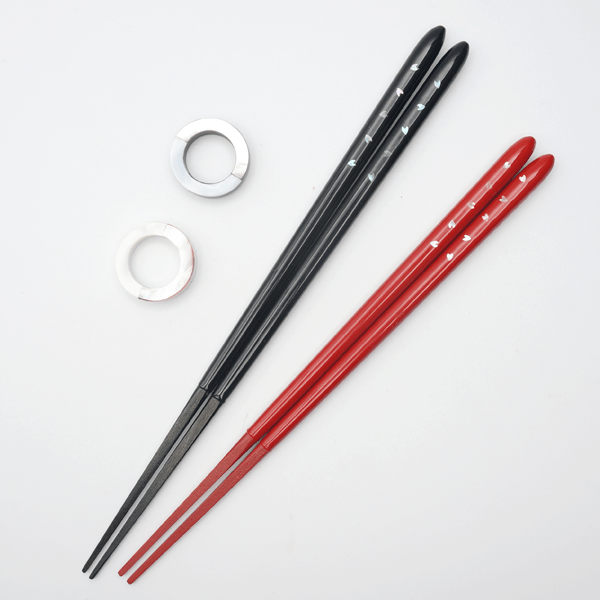
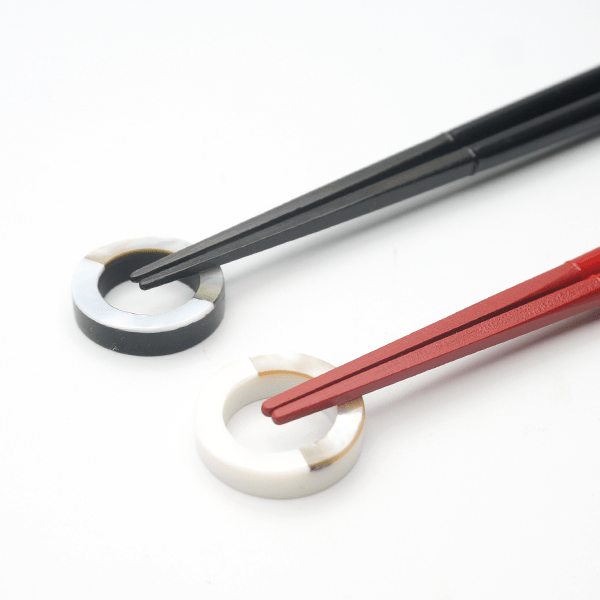
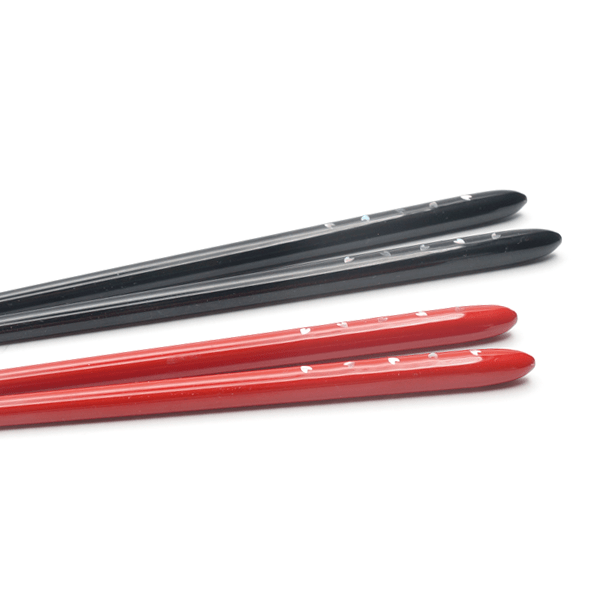
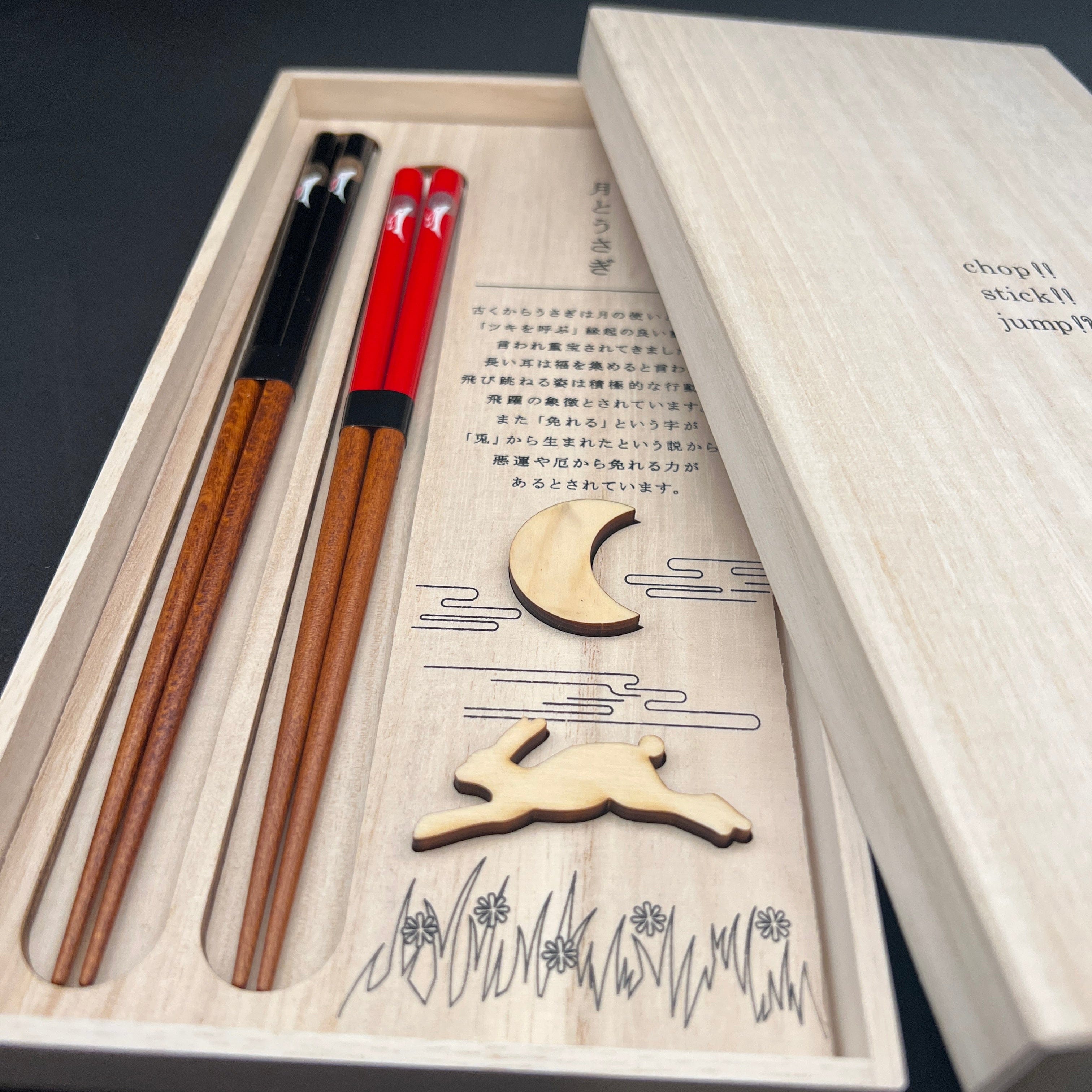
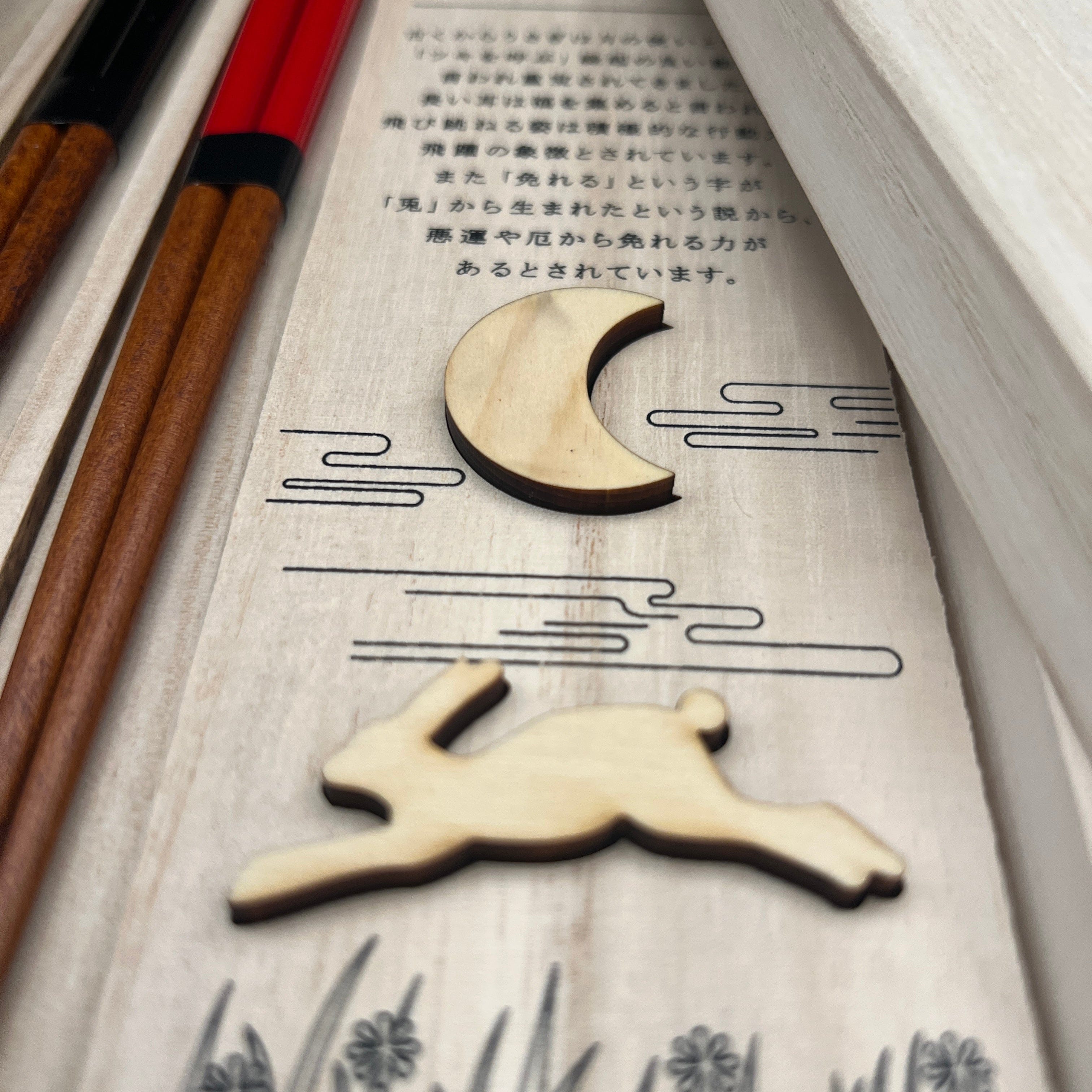
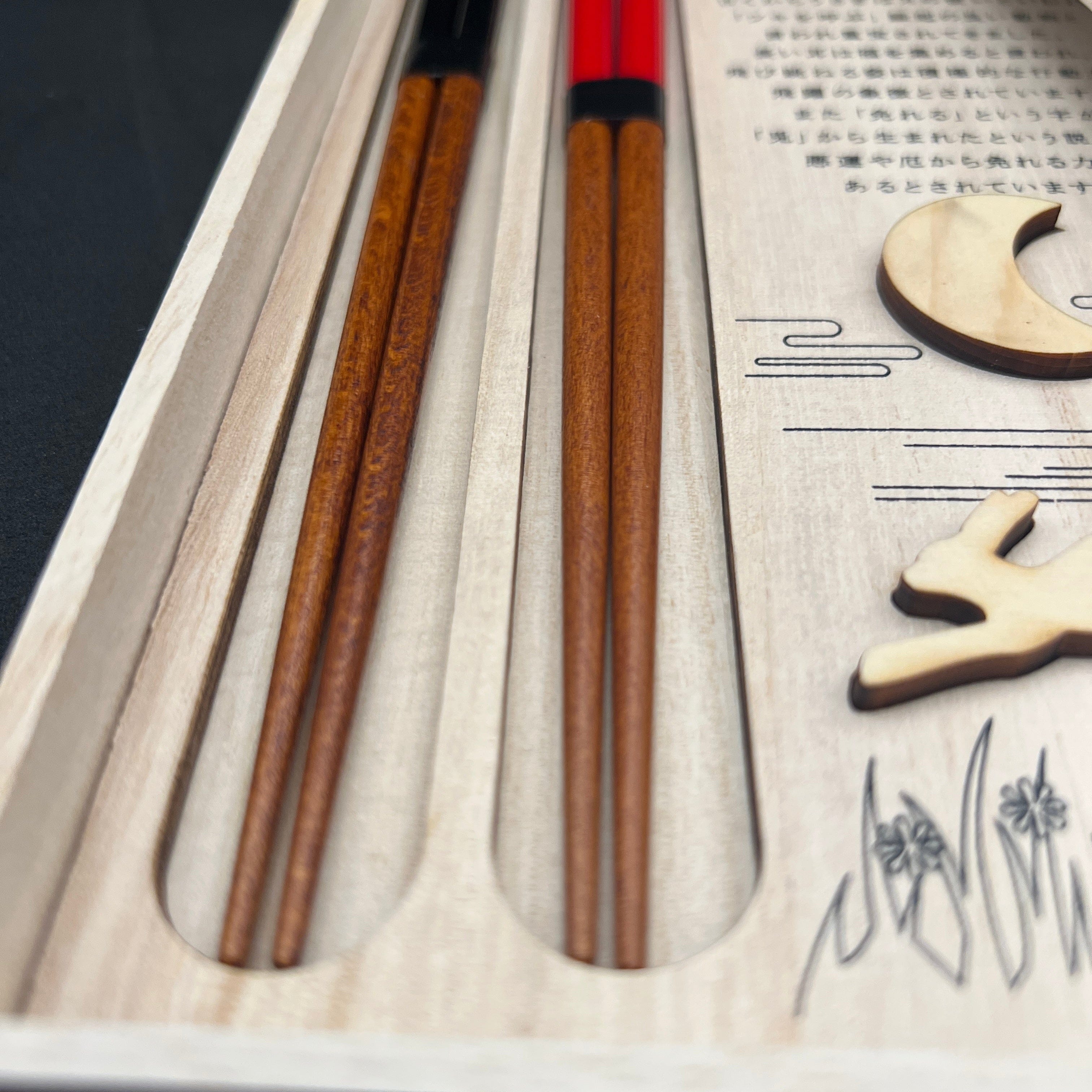
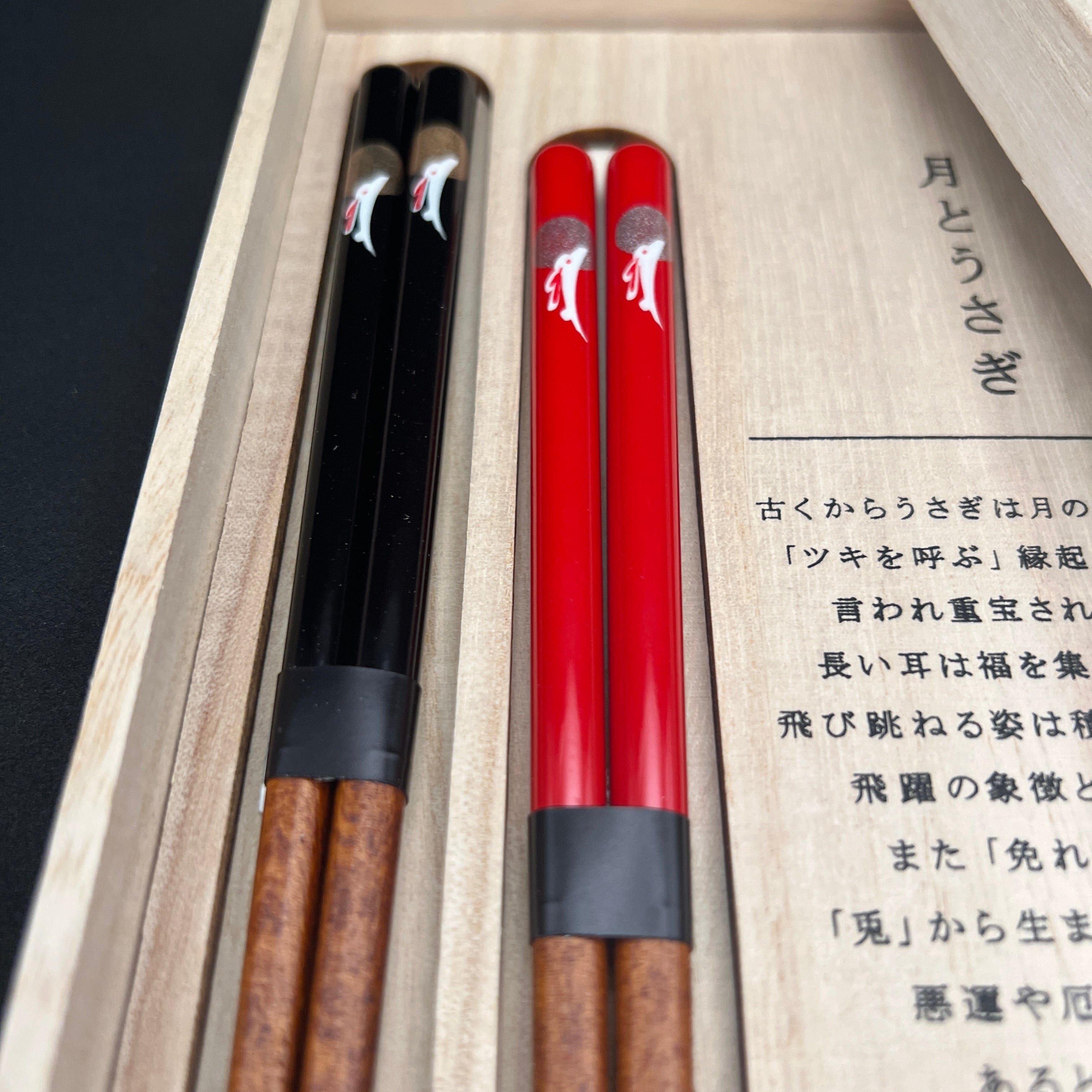
Share: